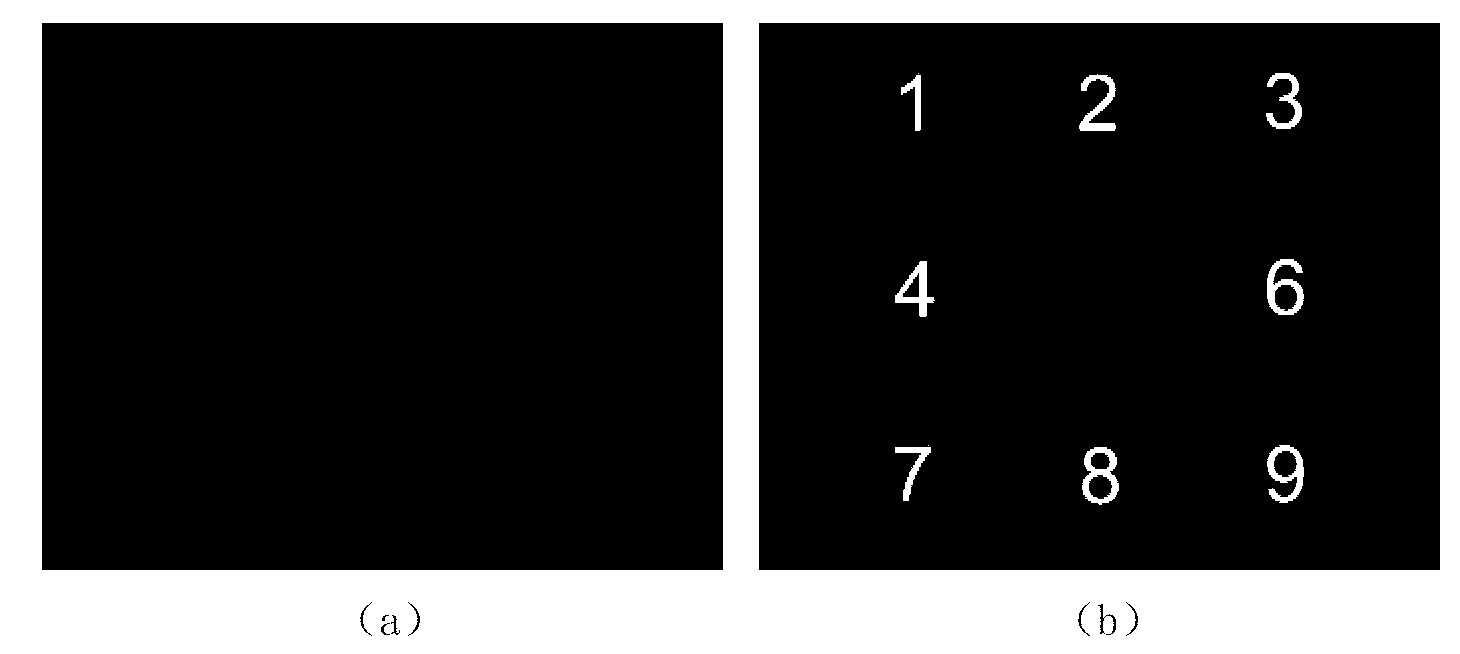Multi-brain-computer interface method for three characteristics of SSVEP (Steady State Visual Evoked Potential), blocking and P300
A computer interface and EEG technology, applied in the field of SSVEP and blocking and P300 three-characteristic multi-brain-computer interface, can solve the problems of low execution efficiency, correct judgment rate and unhelpful information transmission rate, so as to improve the system information transmission rate , considerable social and economic benefits
- Summary
- Abstract
- Description
- Claims
- Application Information
AI Technical Summary
Problems solved by technology
Method used
Image
Examples
Embodiment Construction
[0019] The present invention designs a multi-mode brain-computer interface (BCI) stimulation paradigm based on the three characteristics of SSVEP, SSVEP blocking and P300, effectively combines the SSVEP characteristics, SSVEPB characteristics and P300 characteristics, and establishes multiple different modes for parallel operation The BCI system expands the BCI command set and greatly improves the information transmission rate of BCI.
[0020] The technical process is: design a new paradigm experiment, build the EEG signal acquisition device required for the experiment, and then collect the operator’s EEG signal data under the guidance of the experimental system, store it and then perform certain preprocessing and feature extraction , and finally use linear discriminant analysis to classify and calculate its judgment accuracy rate and information transmission rate.
[0021] The present invention proposes a new multi-PHBCI parallel system, which can simultaneously induce SSVEP,...
PUM
 Login to View More
Login to View More Abstract
Description
Claims
Application Information
 Login to View More
Login to View More - R&D
- Intellectual Property
- Life Sciences
- Materials
- Tech Scout
- Unparalleled Data Quality
- Higher Quality Content
- 60% Fewer Hallucinations
Browse by: Latest US Patents, China's latest patents, Technical Efficacy Thesaurus, Application Domain, Technology Topic, Popular Technical Reports.
© 2025 PatSnap. All rights reserved.Legal|Privacy policy|Modern Slavery Act Transparency Statement|Sitemap|About US| Contact US: help@patsnap.com



